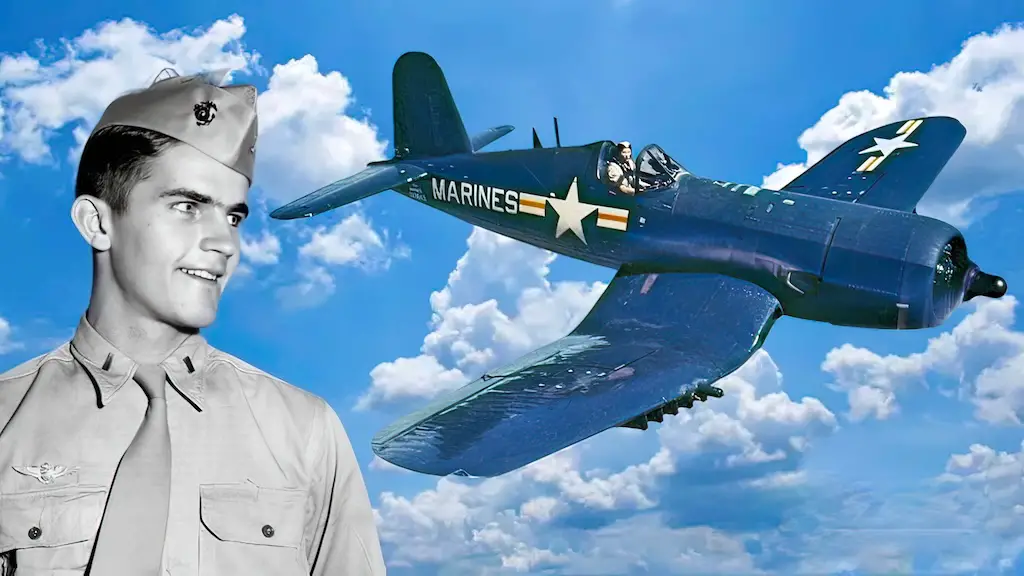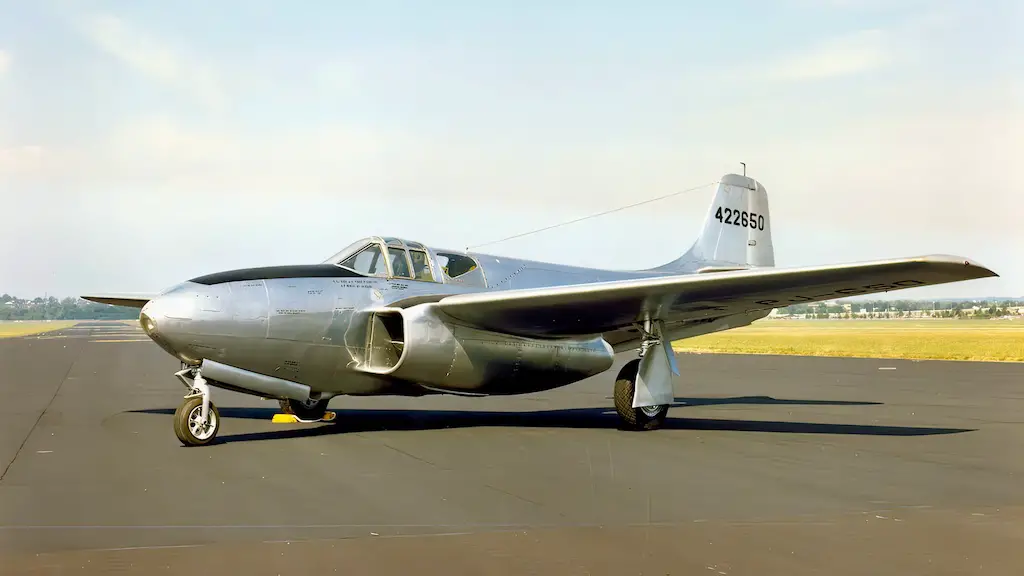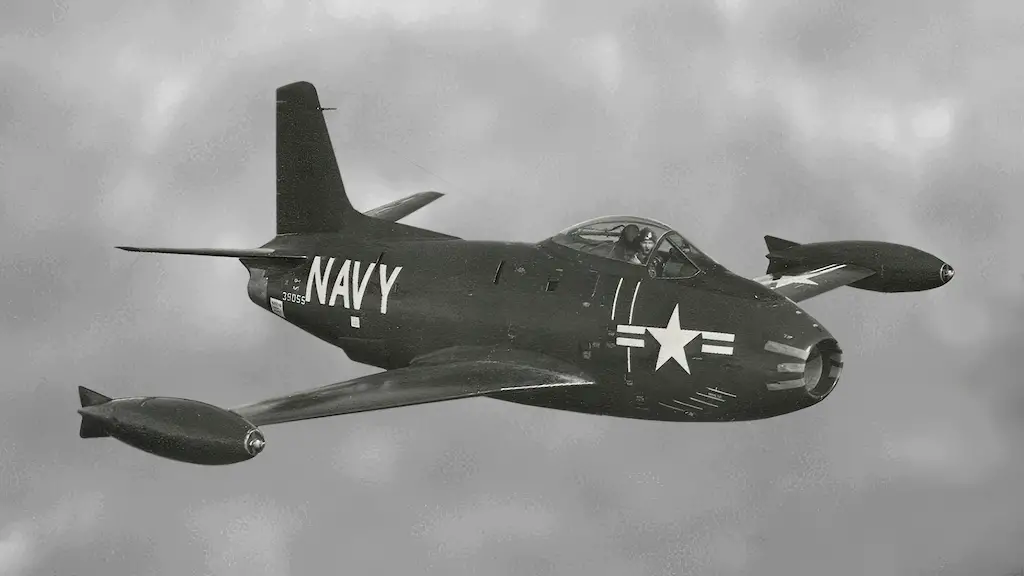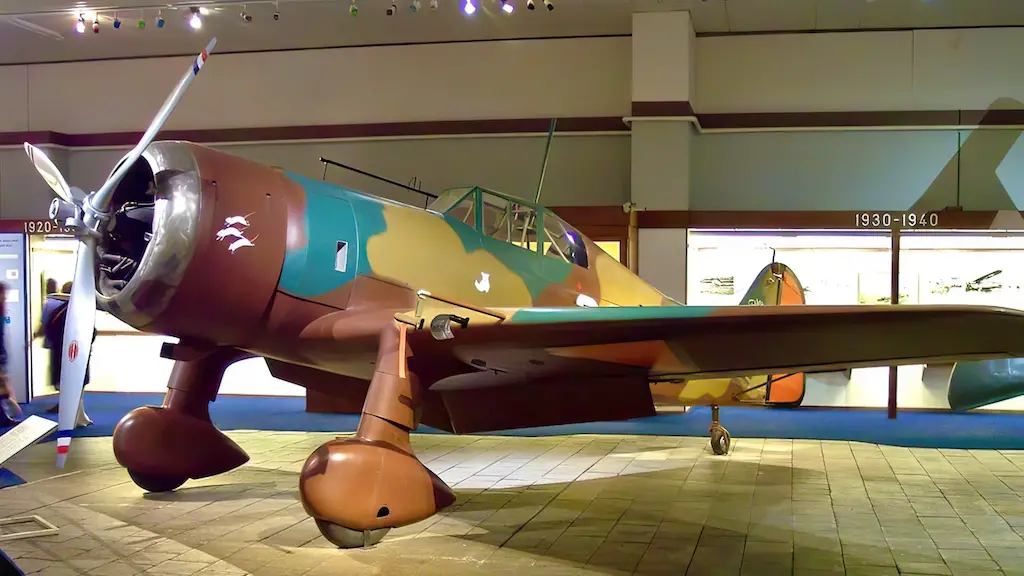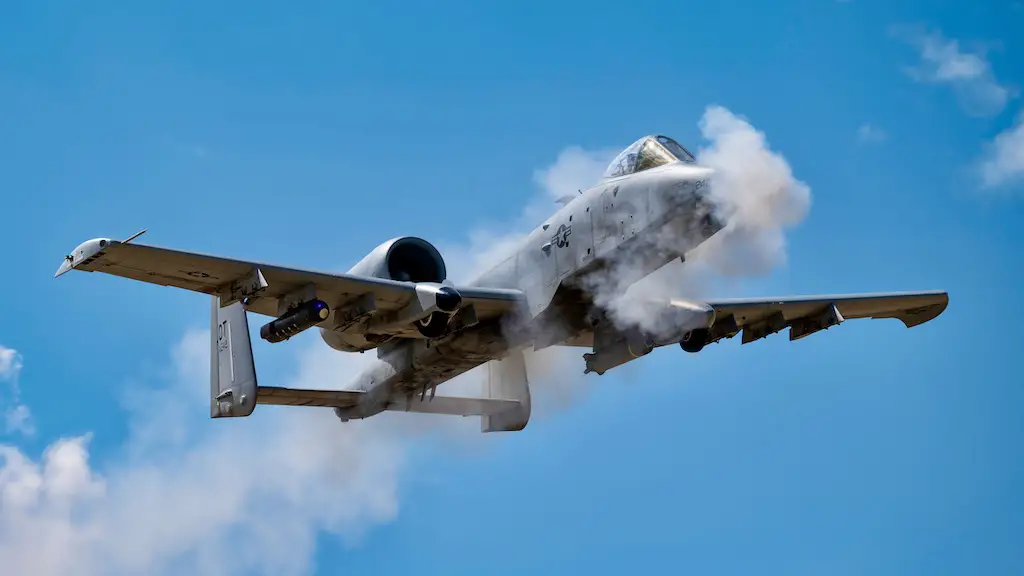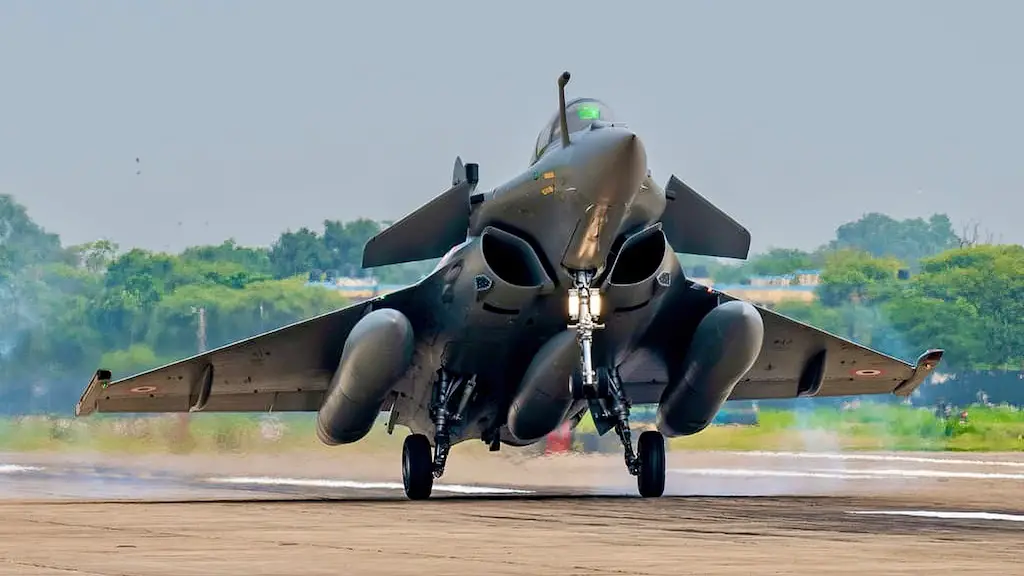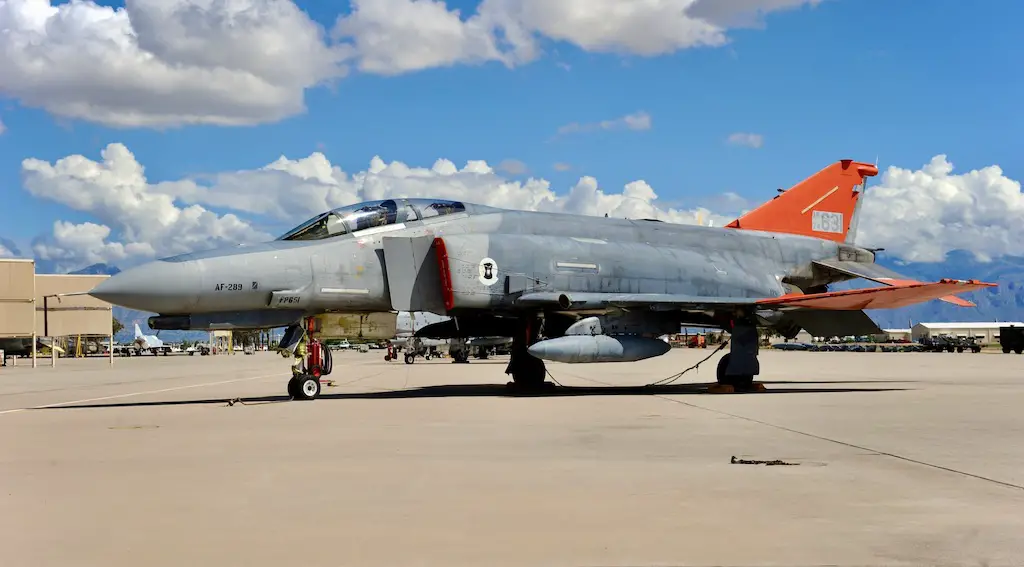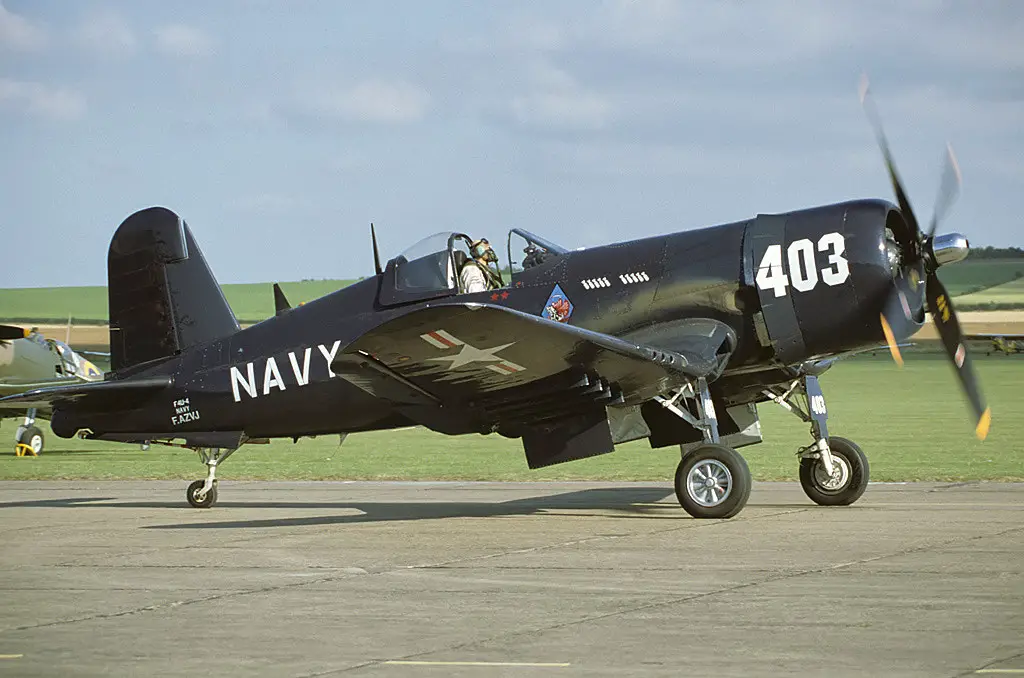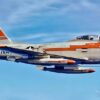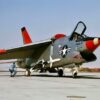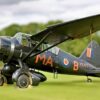The Emergence of the Kamikaze Threat
World War II witnessed a myriad of military strategies, but none as startling as the Kamikaze attacks. These missions by Japanese pilots brought devastation to American naval forces. Amid this chaos, an American hero emerged, showcasing exceptional bravery and skill.
The F4U Corsair, a new American aircraft introduced during the war, played a pivotal role in the Pacific battles. Its unique design, featuring an inverted gull wing and a powerful Pratt & Whitney R-2800 engine, made it a formidable opponent. Despite initial setbacks, by 1943, it became a crucial element in the U.S. Marines’ arsenal, exemplified by the Jolly Rogers and the Black Sheep squadrons.
In 1945, as the European front was reaching its climax, the Pacific Theater was far from quiet. The Battle of Okinawa, codenamed Operation Iceberg, became a focal point. The Allied forces, aware of the Japanese determination to fight to the end, braced for a brutal confrontation.
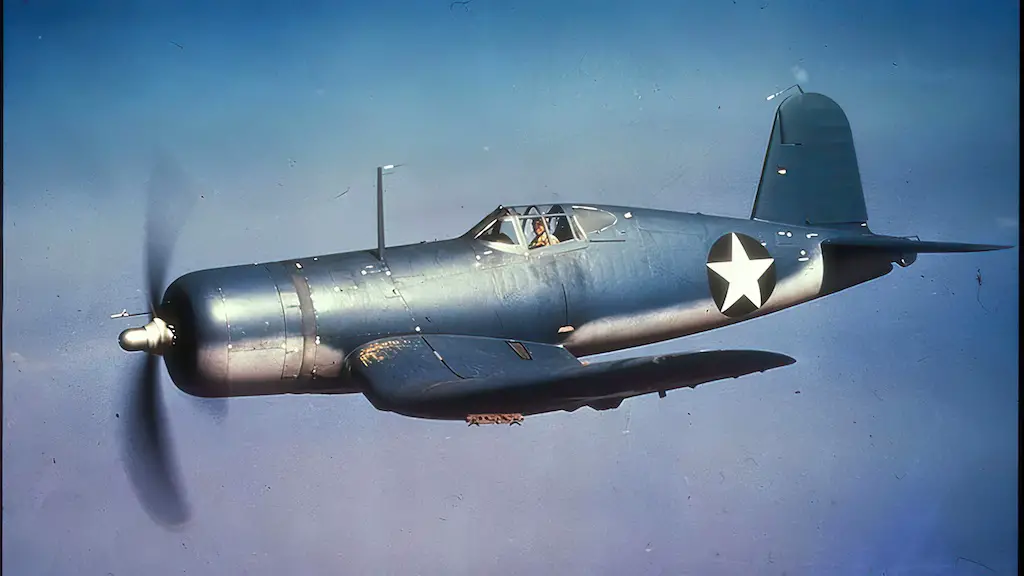
Japan’s Desperate Defense
Kamikaze attacks, named after the “Divine Wind” typhoon that historically protected Japan from Mongol invasions, became Japan’s desperate tactic. Pilots embarked on suicide missions, targeting Allied ships. These attacks caused thousands of Allied casualties and proved challenging for anti-aircraft defenses and pilots.
Amidst the ferocity of these battles stood a man who became a legend for his ability to counter the Kamikaze threat – Jeremiah O’Keeffe. A pilot with VMF 323 Marine Squadron, O’Keeffe’s journey from a college student to a war hero exemplifies American resilience and determination.
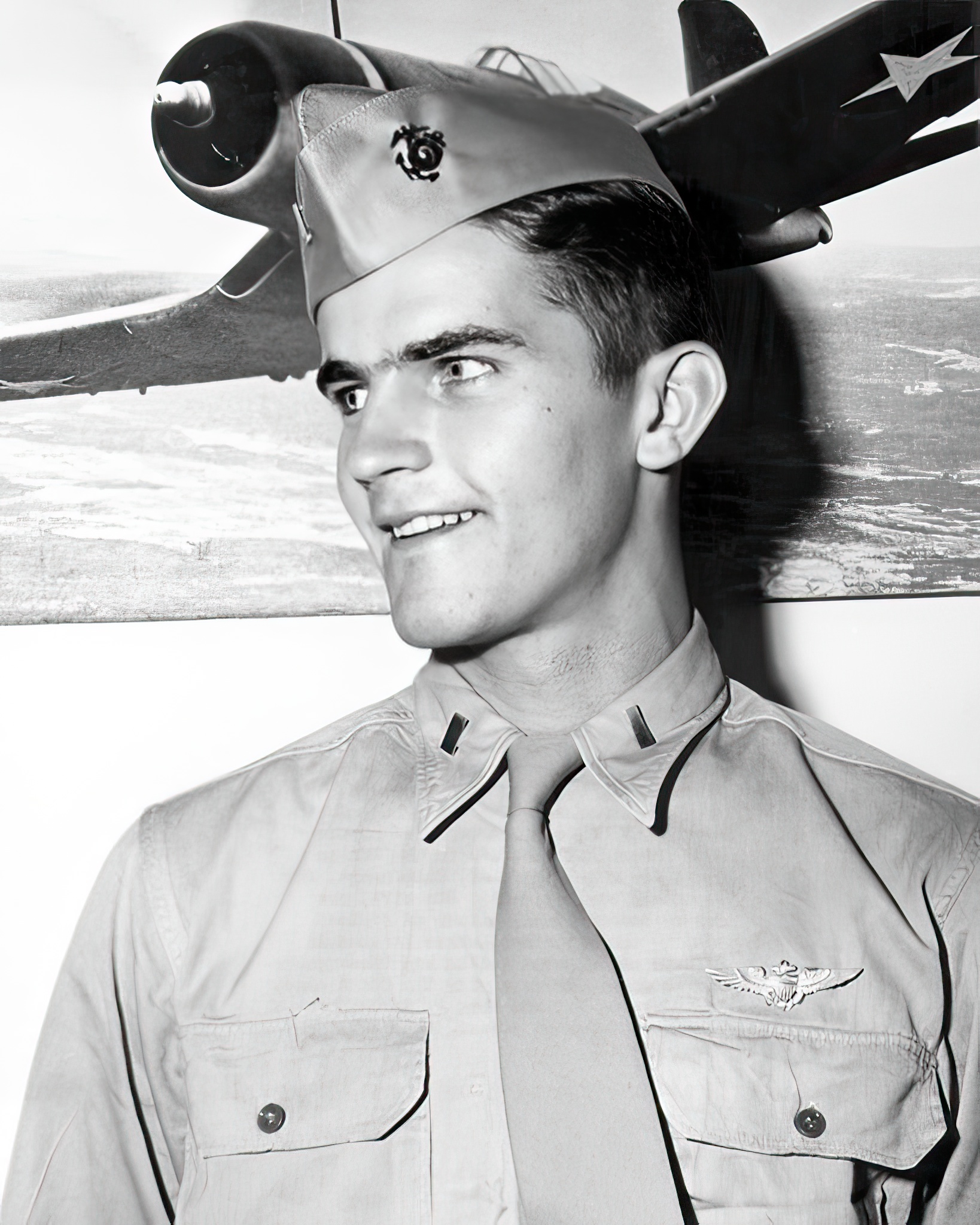
A Historic Dogfight
O’Keeffe’s defining moment came during a massive Kamikaze attack in April 1945. With his squadron, he faced over 80 Japanese dive bombers. Utilizing his Corsair’s speed and firepower, O’Keeffe employed the “boom and zoom” tactic, effectively taking down enemy planes with precision and agility.
In the heat of battle, O’Keeffe’s prowess was undeniable. He navigated through intense dogfights, taking down one Kamikaze after another. His approach – a blend of tactical intelligence and fearless aggression – made him a formidable force against the desperate attacks of the Japanese pilots.
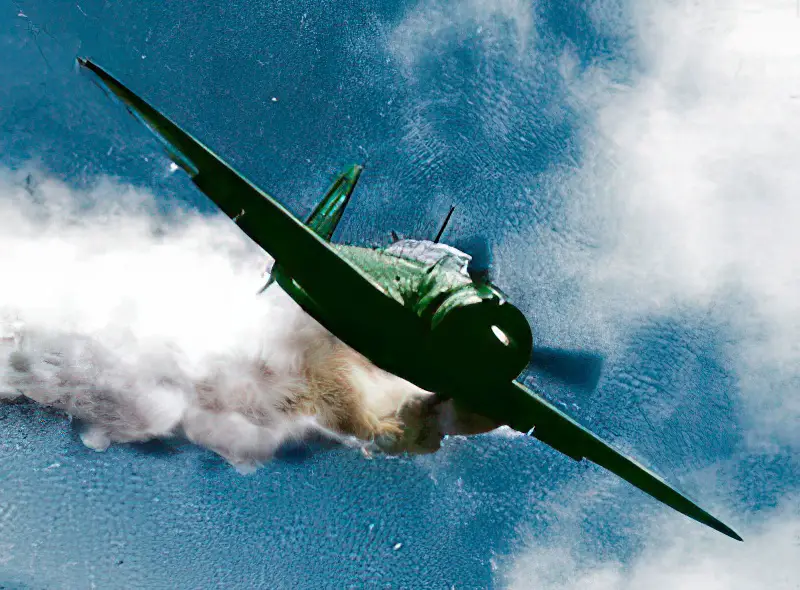
The Final Showdown and Victory
The climax of O’Keeffe’s heroics unfolded as he pursued his final target, a Kamikaze plane on an attack run towards American ships. With limited ammunition, he executed a perfect attack, preventing the plane from reaching its target. This act symbolized not just a personal victory, but a significant contribution to the Allied efforts in the Pacific.
The actions of O’Keeffe and the Death Rattlers on that day were monumental. They annihilated 17 enemy planes without a single loss and prevented any Kamikaze from reaching the American fleet. This victory saved countless lives and showcased the strategic and moral strength of the American forces.
Jeremiah O’Keeffe’s story transcends time, symbolizing courage and determination in the face of overwhelming odds. His achievements during World War II continue to inspire, reminding us of the sacrifices made for freedom. O’Keeffe’s legacy, marked by his passing in 2016, remains a beacon of heroism in the annals of military history.

